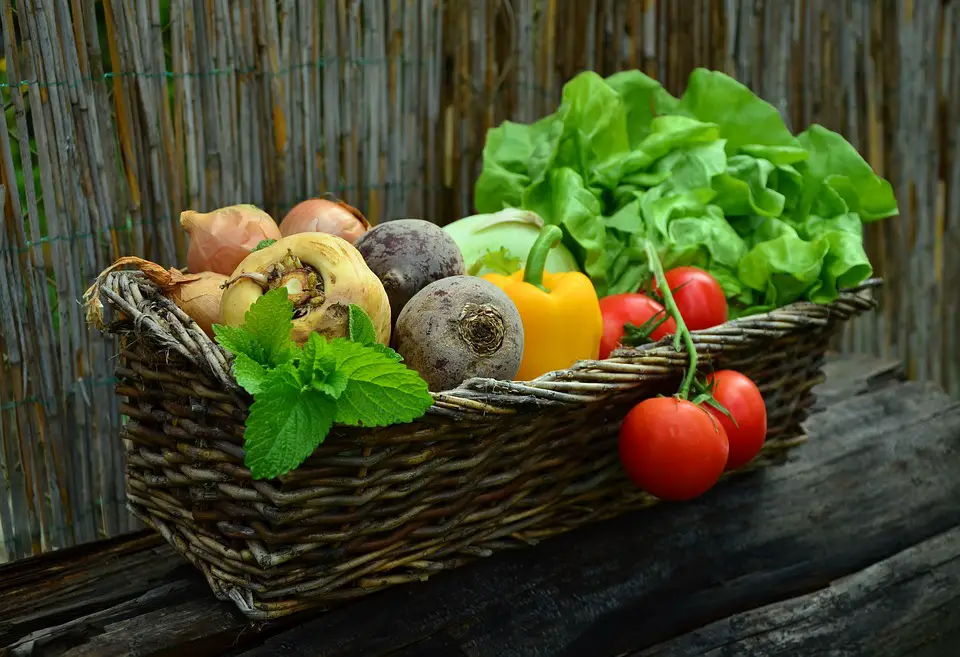Are you interested in growing your own vegetables but don’t know where to start? Starting a vegetable garden can be a rewarding and fulfilling experience, but it can also be overwhelming for beginners. In this guide, we will walk you through the steps to help you start your own vegetable garden successfully.
1. Planning Your Vegetable Garden
Before you start planting, it’s important to plan out your vegetable garden. Consider factors such as the size of your garden, the amount of sunlight it receives, and the types of vegetables you want to grow. Make a list of the vegetables you want to plant and map out where they will go in your garden.
1.1 Choosing the Right Location
The location of your vegetable garden is crucial to its success. Most vegetables need at least 6 hours of sunlight per day, so choose a spot in your yard that receives plenty of sunlight. Make sure the location has good drainage and is easily accessible for watering and weeding.
2. Preparing the Soil
Healthy soil is essential for a successful vegetable garden. Test your soil to determine its pH level and nutrient content. Amend the soil with compost and other organic matter to improve its fertility and texture. Make sure to remove any weeds or rocks from the soil before planting.
3. Starting Seeds Indoors
Some vegetables, such as tomatoes and peppers, need to be started indoors before being transplanted into the garden. Start your seeds in small containers filled with seed starting mix, and keep them in a warm, sunny location until they are ready to be planted outside.
4. Planting Your Vegetables
Once the danger of frost has passed, it’s time to plant your vegetables in the garden. Follow the spacing and depth requirements for each type of vegetable, and water them well after planting. Mulch around your plants to retain moisture and prevent weeds from growing.
5. Watering and Feeding Your Garden
Vegetable plants need a consistent water supply to thrive. Water your garden regularly, and make sure to water at the base of the plants to avoid wetting the leaves. Fertilize your garden with a balanced fertilizer every few weeks to ensure your plants are getting the nutrients they need.
6. Pest and Disease Control
Pests and diseases can wreak havoc on your vegetable garden if left unchecked. Keep an eye out for signs of pests and diseases, such as holes in leaves or yellowing foliage. Use organic pest control methods, such as neem oil or insecticidal soap, to keep pests at bay.
7. Harvesting Your Vegetables
One of the most rewarding parts of vegetable gardening is harvesting your own fresh produce. Harvest your vegetables when they are ripe, taking care not to damage the plants. Enjoy the fruits of your labor in delicious meals made with your homegrown produce.
8. Companion Planting
Companion planting is a gardening technique that involves planting different types of plants together to benefit each other. Some plants repel pests, while others attract beneficial insects. Research companion planting strategies to maximize the health and productivity of your vegetable garden.
9. Extending the Growing Season
If you live in a region with a short growing season, consider ways to extend the season so you can enjoy fresh vegetables for longer. Plant cold-hardy vegetables in the fall for a late harvest, or use row covers to protect plants from frost in the spring.
10. Conclusion
Starting a vegetable garden can be a fun and rewarding endeavor for beginners. With proper planning and care, you can grow your own fresh produce at home. Follow the tips in this guide to get started on your own vegetable garden today.
| Key Takeaways |
|---|
| Plan your garden carefully, considering sunlight, soil, and plant spacing. |
| Start seeds indoors for some vegetables before transplanting them into the garden. |
| Water and fertilize your garden regularly to ensure healthy plant growth. |
| Monitor for pests and diseases and use organic methods to control them. |
| Harvest your vegetables when ripe and enjoy the fresh produce in your meals. |
FAQs:
1. How much sunlight do vegetables need?
Most vegetables need at least 6 hours of sunlight per day to thrive.
2. How do I test my soil?
You can test your soil’s pH level and nutrient content with a soil test kit from a garden center or extension service.
3. How often should I water my garden?
Water your garden regularly, aiming to keep the soil consistently moist but not waterlogged.
4. How can I control pests in my garden?
Use organic pest control methods, such as neem oil or insecticidal soap, to keep pests at bay.
5. When should I harvest my vegetables?
Harvest your vegetables when they are ripe, as indicated by their color, size, and texture.
6. What is companion planting?
Companion planting involves planting different types of plants together to benefit each other, such as repelling pests or attracting beneficial insects.
7. How can I extend the growing season?
Plant cold-hardy vegetables in the fall or use row covers to protect plants from frost in the spring to extend the growing season.
8. What vegetables are good for beginners to grow?
Some easy-to-grow vegetables for beginners include lettuce, tomatoes, peppers, and zucchini.
9. How can I improve the fertility of my soil?
Add compost and other organic matter to your soil to improve its fertility and texture.
10. What should I do if my plants are not growing well?
If your plants are not growing well, check for signs of pests, diseases, or nutrient deficiencies, and take appropriate action to address the issue.
